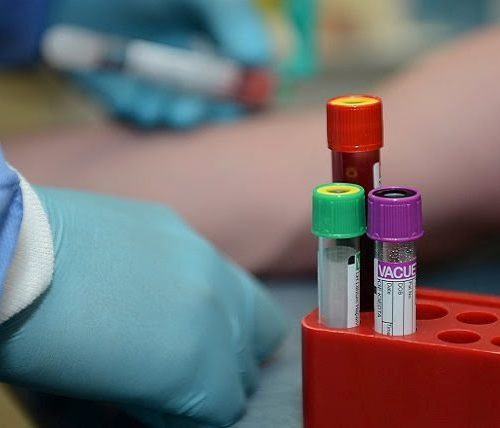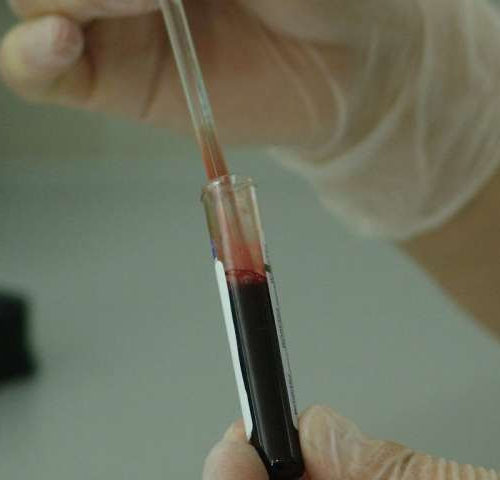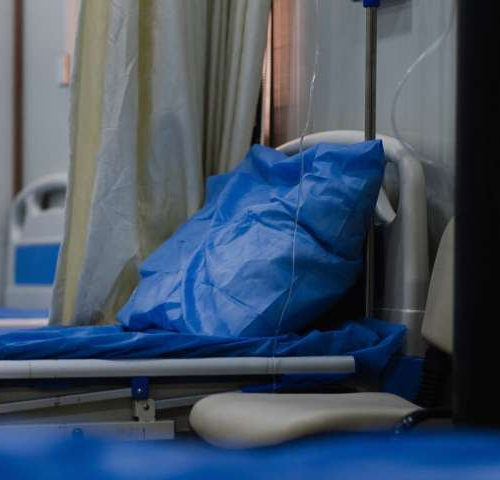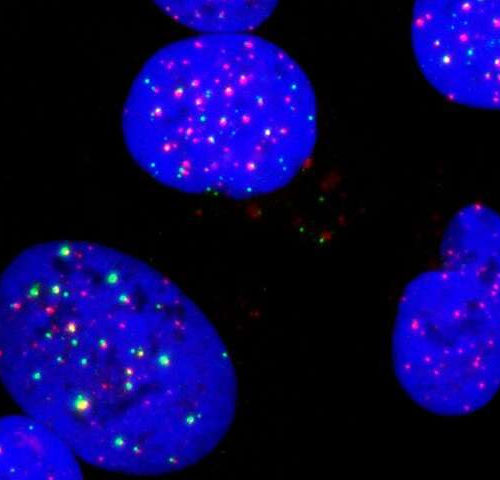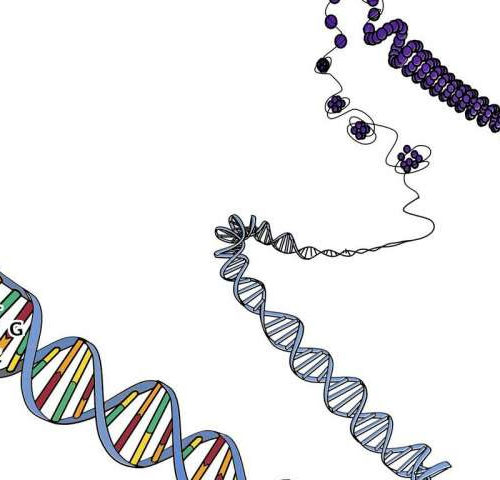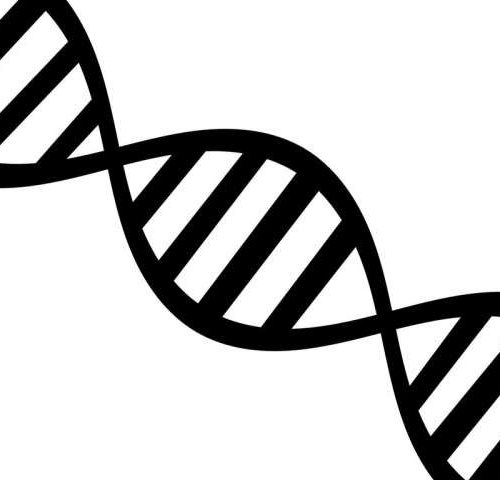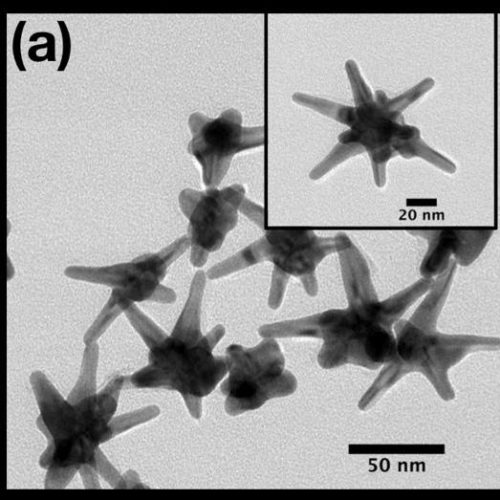At 11 million cases annually, urinary tract infections (UTIs) are the most common outpatient infections in the U.S., according to the U.S. Department of Health and Human Services. At least half of all women will have a UTI during their lifetimes, and many of the infections — which have increasingly become resistant to a wide...
Tag: <span>DNA</span>
New research sheds light on how skin cancer starts
by Case Western Reserve University Luis Ortiz-Rodríguez grew up on the beaches of Puerto Rico—surfing, swimming and running in the hot sand—and swears he had never put on sunblock a day in his life. Then the day came when he peered through an ultrafast laser spectrometer at the College of Arts & Sciences at Case...
Single-cell analysis provides new insights into mitochondrial diseases
by Michael Morrison, Massachusetts General Hospital Investigators led by a team at Massachusetts General Hospital (MGH) have made discoveries at the single cell level to uncover new details concerning mitochondrial diseases—inherited disorders that interfere with energy production in the body and currently have no cure. The findings, which are published in the New England Journal...
TLK protein inhibition activates the innate immune system
by Institute for Research in Biomedicine – IRB Tousled-like kinases (TLKs) are a potential therapeutic target for cancer treatment due to their central role in DNA repair and replication. The latest work by IRB Barcelona’s Genomic Instability and Cancer Laboratory, led by Travis H. Stracker, concludes that TLK inhibition activates the innate immune system, a...
Scientists discover that a normal DNA repair process can become a major source of mutations in cancer
by Institute for Research in Biomedicine – IRB Hypermutation is an unusual occurence that can lead to many nearby mutations at once, severely damaging our genetic material and potentially causing cancer. The best known type of local hypermutation, called a mutation shower or thunderstorm, is quite uncommon and it leads to many mutations accumulated in...
Adverse effects from cancer drug trials explained
NORWEGIAN UNIVERSITY OF SCIENCE AND TECHNOLOGY A team of researchers investigating how a certain type of drugs can kill cells has discovered that these drugs can do more harm than good when used in combination with other cancer treatments. The researchers wanted to know more about how the drugs, which are called pan-Bcl-2 or Bcl-xL-specific...
ENCODE 3 project details the inner workings of the human and mouse genome
by NIH/National Human Genome Research Institute The Encyclopedia of DNA Elements (ENCODE) Project is a worldwide effort to understand how the human genome functions. With the completion of its latest phase, the ENCODE Project has added millions of candidate DNA “switches” from the human and mouse genomes that appear to regulate when and where genes...
A new way to target cancers using ‘synthetic lethality’
by University of California – San Diego With advances in genome sequencing, cancer treatments have increasingly sought to leverage the idea of “synthetic lethality,” exploiting cancer-specific genetic defects to identify targets that are uniquely essential to the survival of cancer cells. Synthetic lethality results when non-lethal mutations in different genes become deadly when combined in...
Compounds show promise in search for tuberculosis antibiotics
by John Innes Centre Compounds tested for their potential as antibiotics have demonstrated promising activity against one of the deadliest infectious diseases—tuberculosis (TB). Researchers from the John Innes Centre evaluated two compounds with antibacterial properties, which had been produced by the company Redx Pharma as antibiotic candidates, particularly against TB. TB, which is caused by...
Silver-plated gold nanostars detect early cancer biomarkers
New optical sensing platform can detect genomic cancer biomarkers directly in patient tissues DUKE UNIVERSITY A CLOSE-UP VIEW OF A HANDFUL OF NANOSTARS USED TO CREATE A NEW TYPE OF CANCER DIAGNOSTIC. view more CREDIT: TUAN VO-DINH, DUKE UNIVERSITY Biomedical engineers at Duke University have engineered a method for simultaneously detecting the presence of multiple...

